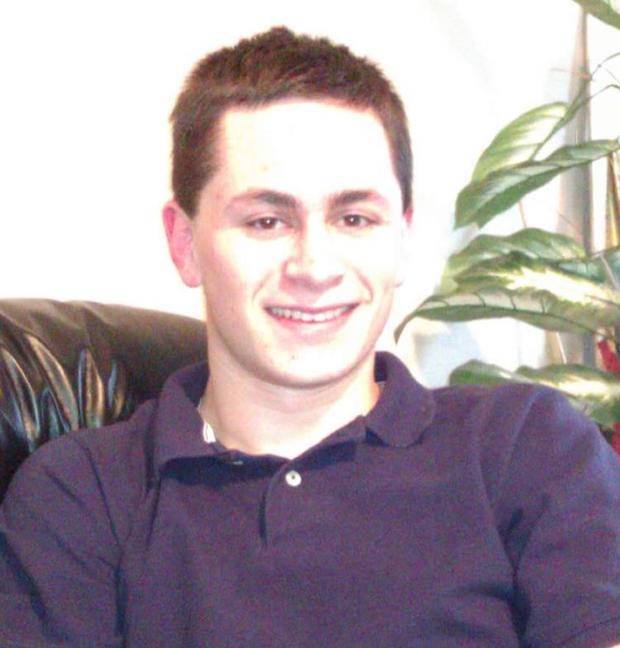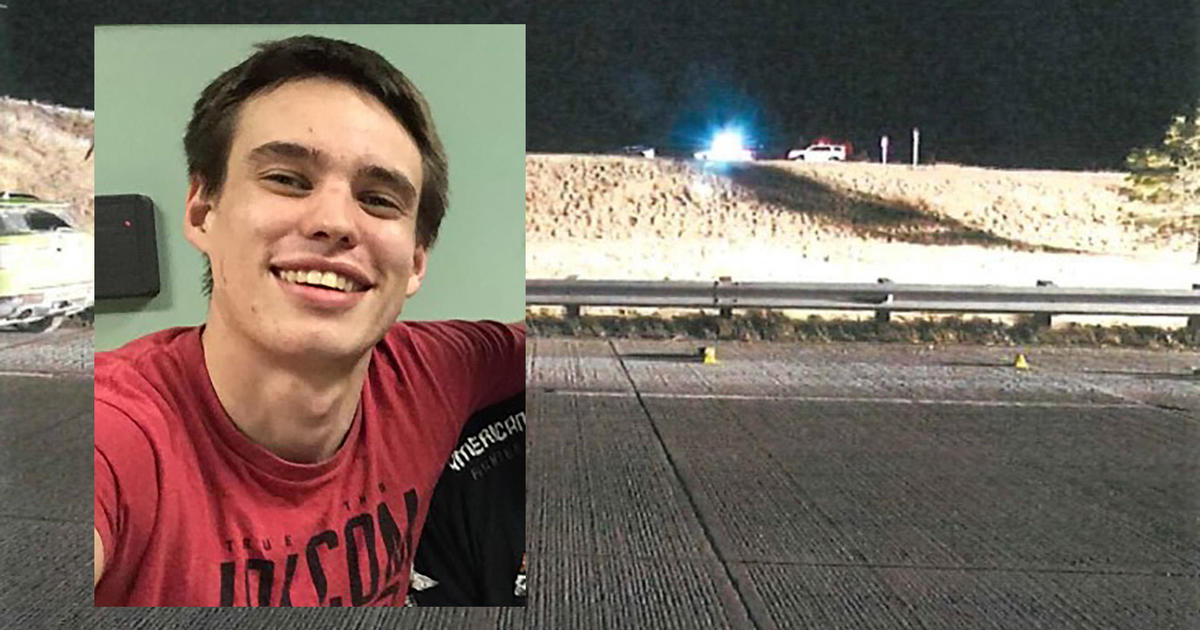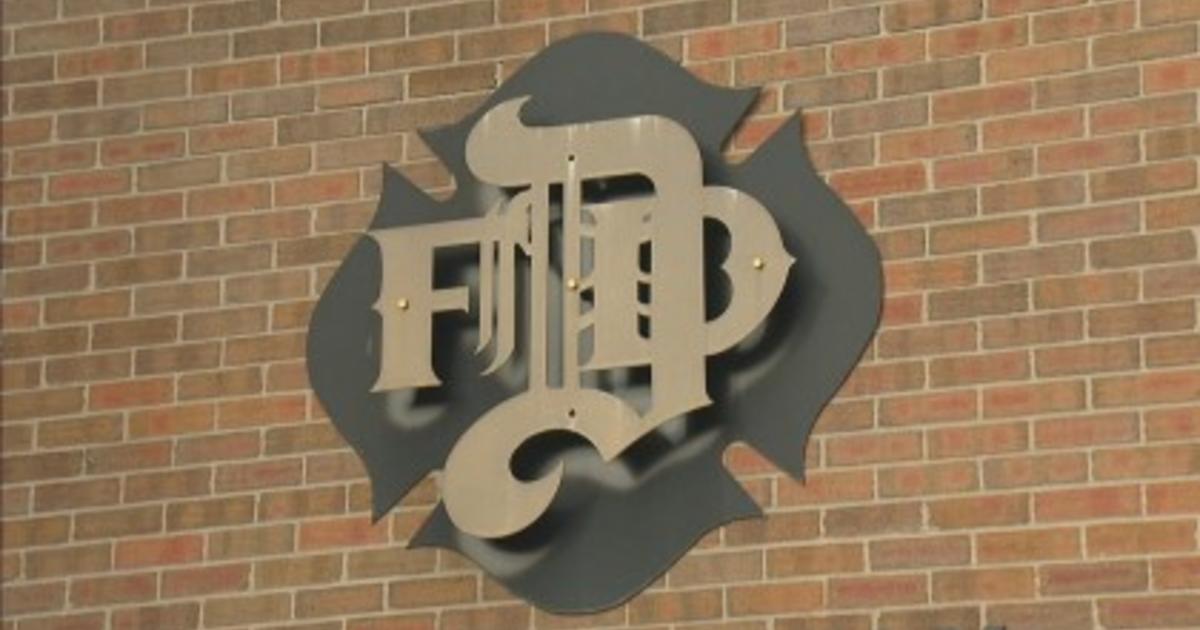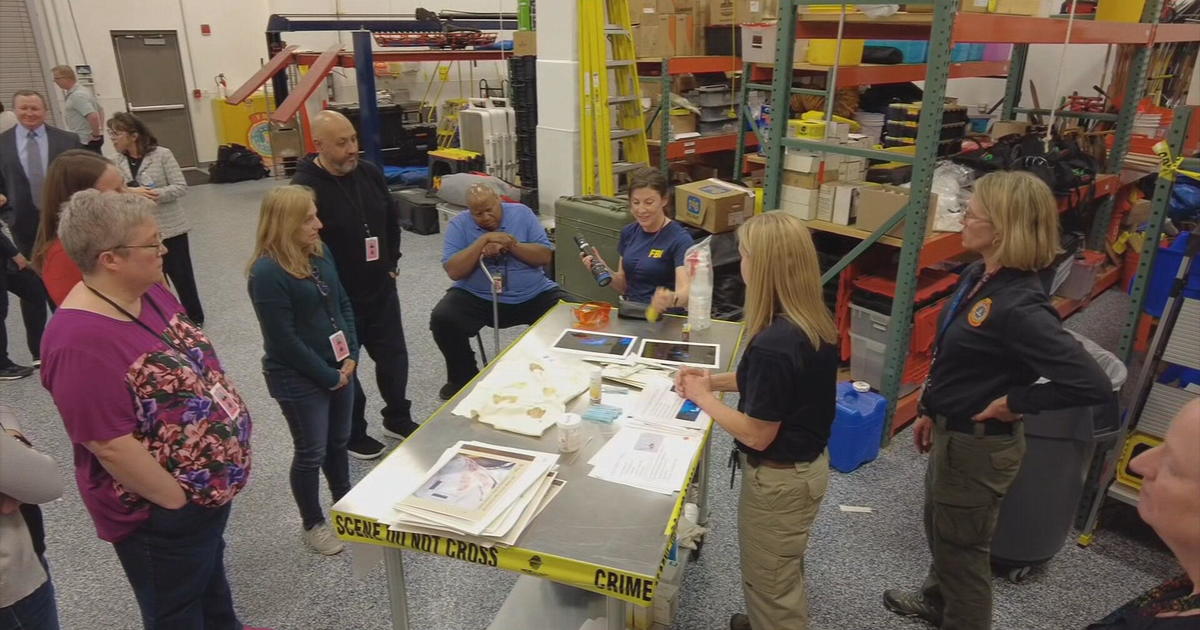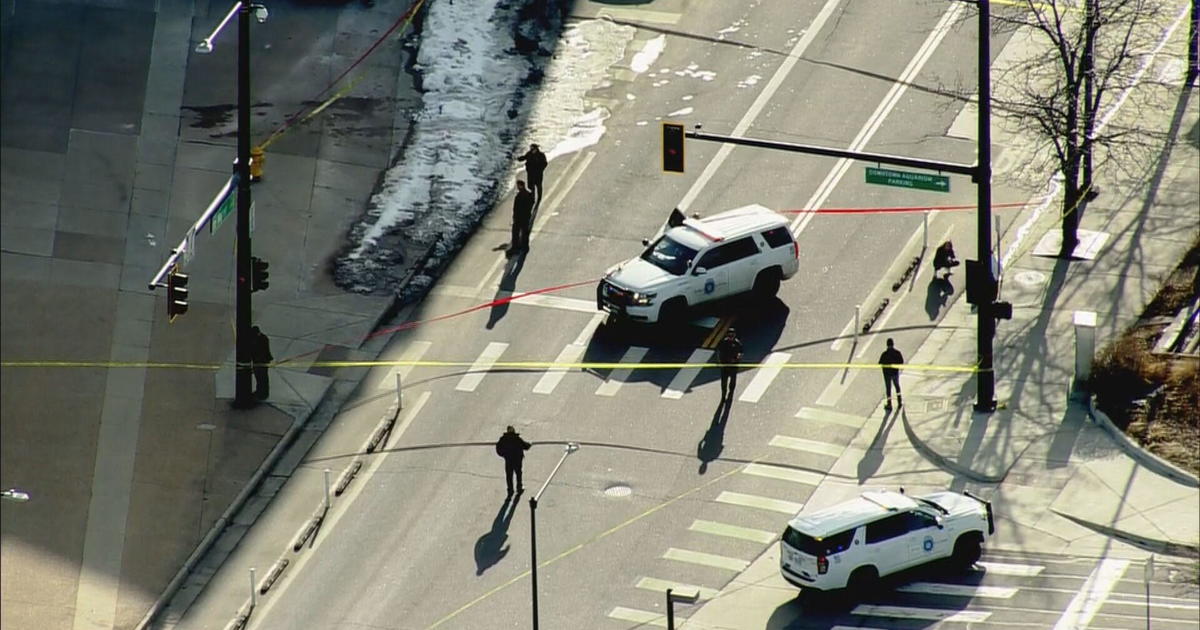Mark Anthony Conditt: What We Know About Austin Bombings Suspect
AUSTIN (CBSDFW.COM/CNN) — Police have identified the Austin bombing suspect as Mark Anthony Conditt, according to a source with direct involvement in the investigation.
Little additional information about the man has been released, but police have previously said he was a 24-year-old white man capable of making sophisticated explosive devices.
Police and FBI agents located the suspect's car at a hotel in Round Rock on Tuesday night. Authorities started to pursue the vehicle, but the suspect appeared to discover that he was being followed. He pulled over to the side of the highway.
As officers approached the vehicle, the suspect detonated a bomb inside of his car, taking his own life in the process.
According to CBS News, Texas Governor Greg Abbott said investigators knew who the suspect was for about 24 hours before making contact with him and had been following him. Abbott said witnesses spotted a person entering a FedEx store wearing a "crazy" disguise, including a blond wig and gloves, and called police.
Here's what we know about the man accused of the deadly explosions:
Conditt, 23, lived in Pflugerville, a city just outside Austin, according to public records and a longtime neighbor of his parents.
Conditt attended Austin Community College from 2010 to 2012 but did not graduate, according to school records, said spokeswoman Jessica Vess. He has not attended any classes since 2012, she said.
According to the Associated Press, Vess said in an email Wednesday that the school is working with Austin police to provide any information they need.
His motive is still unknown:
Police said Conditt is responsible for the bombings in Austin, but they are still investigating why he carried them out.
How did police find him?
In the past 24 to 36 hours, authorities received information that led them to a person of interest, who later became a suspect.
Austin Mayor Steve Adler confirmed that police obtained surveillance images showing Conditt at a FedEx store in Austin.
They later identified his car and spotted it Wednesday night at a hotel in Round Rock, Texas, a few miles north of Austin.
As officers waited for tactical units to arrive on the scene, Conditt began to drive away and later stopped on the side of the road.
It was then that SWAT officers approached the vehicle and the man detonated a bomb inside his car, Austin Police Chief Brian Manley said.
The suspect died inside the vehicle.
Did he act alone?
It's unclear if he had any accomplices. It appears that he was alone when he drove away from the hotel in Round Rock and when he detonated a device in his car.
Here in North Texas, a former ATF agent revealed to the CBS 11 I-Team exactly who he thinks could be behind the Texas terror.
"You start off with a really rough sketch and as the days go on and on it starts to get clearer and clearer and you'll see that person emerge," retired AFT agent Hector Tarango said of the investigation unfolding in the state's capitol.
Tarango spent more than 25 years as an investigator and supervisor before retiring in 2016. He's now CEO of Vindico, a firm that specializes in security solutions and private investigations.
The bombs: Design and materials
The unexploded bomb intercepted Tuesday will have provided a gold mine of clues, including materials used in the bombs and possibly DNA from the attacker, a federal law enforcement source involved in the Austin investigation told CNN.
Investigators believe the same person is behind all the explosive devices, the source said, adding that the devices are similar in design and use the same components, including a "mouse trap" or a "close pin" switch, according to the source.
The level of bombmaking skill doesn't necessarily point to military experience, the source added.
Plohetski, the Austin American-Statesman, citing a high-ranking law enforcement official, said investigators found common household ingredients in the bombs, so police hit the area's stores, scanning receipts and looking for clues.
"Agents fanned out throughout the city of Austin, going to big box retail stores, as well as locally owned stores, trying to determine whether or not there were suspicious purchases," Plohetski told CNN. "They were "going through receipts and going through sales records from those stores."
The explosions
The first three explosions in Austin involved cardboard packages left in front yards or on porches. The parcels weren't delivered by the US Postal Service or services such as UPS or FedEx, police have said.
Those blasts -- one on March 2 and two more on March 12 -- killed or wounded three African-Americans and one Hispanic person. They happened in east Austin areas where most residents are minorities, and some there expressed concern the attacks might have been racially motivated.
The first explosion killed 39-year-old Anthony Stephan House; the second killed 17-year-old Draylen Mason; and the third critically injured a 75-year-old woman. Police have not ruled out the possibility that those bombings could be hate crimes.
In the fourth blast, on March 18, a device was triggered by a tripwire, injuring two white men in an area where most residents are white.
The fifth explosion happened early Tuesday at the FedEx sorting facility near San Antonio.
This story has been updated to correct Mark Anthony Conditt's age to 23, based on public records. Earlier, police identified the suspect as a 24-year-old man.
(© Copyright 2018 CBS Broadcasting Inc. All Rights Reserved. The-CNN-Wire Contributed To This Report)
